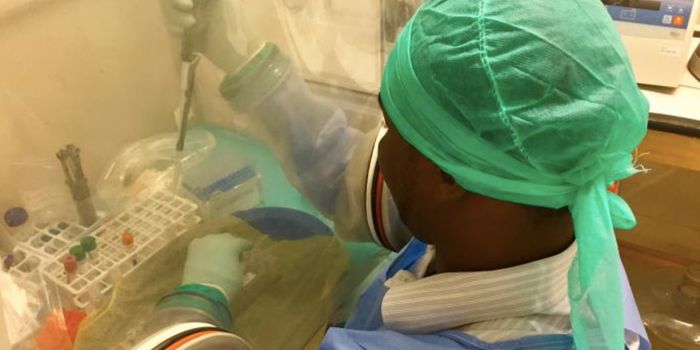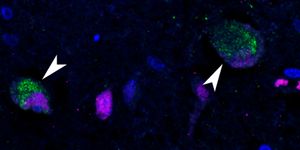Researchers Discover How Sepsis Can Cause Cell Death
Our immune system has to be able to rapidly mount a response to pathogenic invaders, wounds, and other injuries. But it also has to be carefully controlled. When the body overreacts to an infection, it can cause a condition known as sepsis, which can be deadly. Sepsis is estimated to have caused about 11 million deaths around the world in 2017 alone. Now, scientists are learning more about the immune molecules and cells that trigger sepsis. The findings have been reported Science Immunology.
Cytokines are immune signaling molecules. Tumor necrosis factor (TNF) is a widely studied cytokine that has many roles. TNF is activated by a crucial component of bacterial cell walls, called lipopolysaccharide (LPS), and recruits immune cells to fight infection. TNF can aid in the repair of tissue and cell survival, but it also has to be regulated. Overactive TNF signaling has been implicated in inflammatory diseases like rheumatoid arthritis. The uncontrolled production of cytokines, including TNF, can also cause a cytokine storm, a dangerous situation.
There is no standardized definition for a cytokine storm, in part because it can be difficult to define the line between a normal and abnormal immune response. But there are commonly accepted clinical features of cytokine storms, such as fever, headache, fatigue, anorexia, rash, diarrhea, and respiratory symptoms that often progress to more serious problems including, but not limited to catastrophic hemorrhages, shock, hypoxemia, renal failure, or liver damage.
While scientists have developed TNF blockers that have been useful for some autoimmune disorders including rheumatoid arthritis, those drugs don't prevent cytokine storms that arise in conditions like severe COVID-19 cases or sepsis. The mechanisms of TNF are still not well-understood.
In the new study, researchers induced death in mice from TNF. But when mice did not express either of two proteins that are linked to the immune response to LPS, called TRIF and CD14, survival improved. Previous work has shown that TRIF and CD14 help regulate a protein complex that is related to LPS-induced inflammation and cell death.
Blood cells called myeloid cells are known to produce a lot of TNF. The research also showed that if mice lacked neutrophils and macrophages, two kinds of myeloid cells, symptoms of sepsis were reduced and survival improved when mice were given a lethal dose of TNF. The study authors suggested that macrophages and neutrophils are, therefore, contributing significantly to TNF-mediated death in mice.
It may also be possible to treat sepsis by targeting TRIF and CD14, which could reduce cell death and inflammation.
Sources: New England Journal of Medicine, Medical Xpress via The Conversation, Science Immunology









